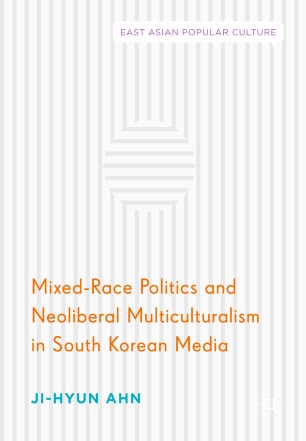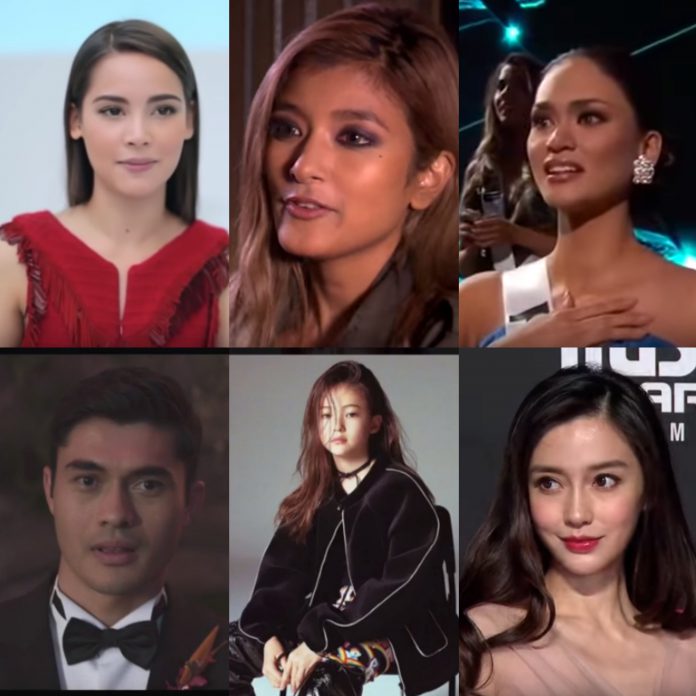Mixed-Race Politics and Neoliberal Multiculturalism in South Korean MediaPosted in Asian Diaspora, Books, Communications/Media Studies, Media Archive, Monographs on 2019-04-08 18:13Z by Steven |
Mixed-Race Politics and Neoliberal Multiculturalism in South Korean Media
Palgrave Macmillan
2018
231 pages
Hardcover ISBN: 978-3-319-65773-8
Softcover ISBN: 978-3-319-88102-7
eBook ISBN: 978-3-319-65774-5
Ji-Hyun Ahn, Assistant Professor of Communication
University of Washington, Tacoma
- The first monograph to examine mixed-race politics in contemporary South Korean media
- Utilizes a critical media/cultural studies approach that engages with and connects materials from archives, the popular press, policy documents, television commercials, and television programs as an inter-textual network
- Analyzes cases ranging from media representation of globally recognized mixed-race figures to figures on reality television
This book studies how the increase of visual representation of mixed-race Koreans formulates a particular racial project in contemporary South Korean media. It explores the moments of ruptures and disjuncture that biracial bodies bring to the formation of neoliberal multiculturalism, a South Korean national racial project that re-aligns racial lines under the nation’s neoliberal transformation. Specifically, Ji-Hyun Ahn examines four televised racial moments that demonstrate particular aspects of neoliberal multiculturalism by demanding distinct ways of re-imagining what it means to be Korean in the contemporary era of globalization. Taking a critical media/cultural studies approach, Ahn engages with materials from archives, the popular press, policy documents, television commercials, and television programs as an inter-textual network that actively negotiates and formulates a new racialized national identity. In doing so, the book provides a rich analysis of the ongoing struggle over racial reconfiguration in South Korean popular media, advancing an emerging scholarly discussion on race as a leading factor of social change in South Korea.
Table of contents
- Introduction
- The New Face of Korea
- From National Threat to National Hero
- Consuming Cosmopolitan White(ness)
- Televising the Making of the Neoliberal Multicultural Family
- This Is (not) Our Multicultural Future








